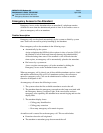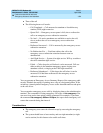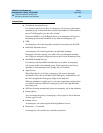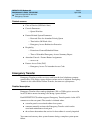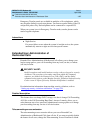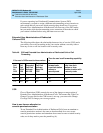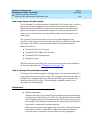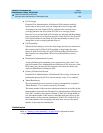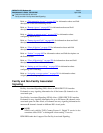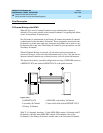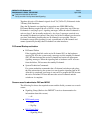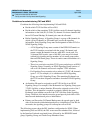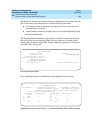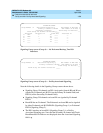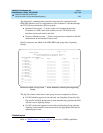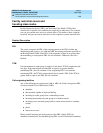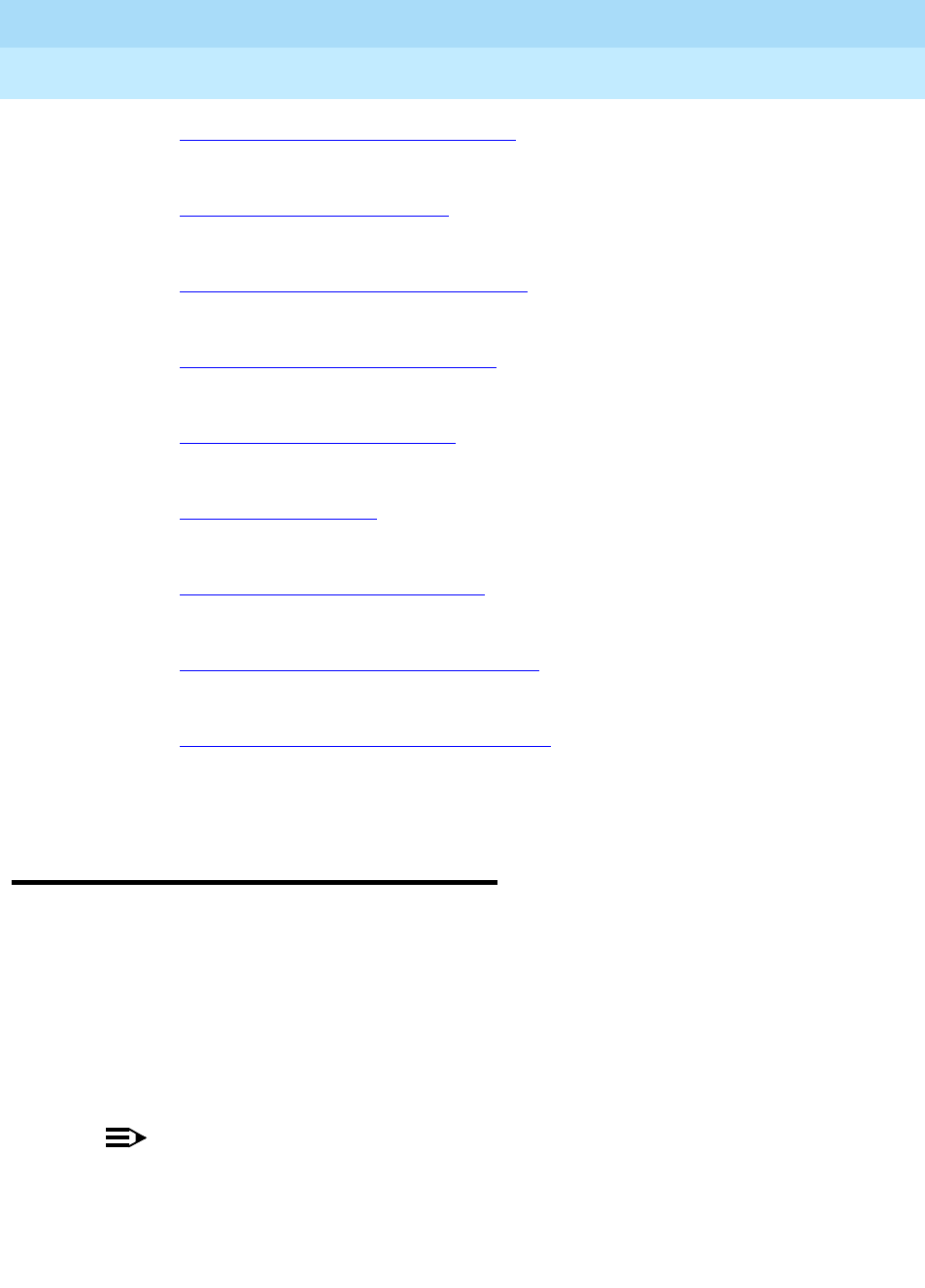
DEFINITY ECS Release 8.2
Administrator’s Guide
555-233-506
Issue 1
April 2000
Features and technical reference
1331Facility and Non-Facility Associated Signaling
20
Refer to ‘‘Telecommuting Access’’ on page 951 for information about and field
descriptions on the telecommuting screen.
Refer to ‘‘
Remote Access’’ on page 857 for information about and field
descriptions on the Remote Access screen.
Refer to ‘‘
Setting up remote access’’ on page 297 for information about
configuring remote access.
Refer to ‘‘
Feature Access Code’’ on page 619 for information about and field
descriptions on the Feature Access Code screen.
Refer to ‘‘
Class of Service’’ on page 532 for information about and field
descriptions on the Class of Service screen.
Refer to ‘‘
Station’’ on page 882 for information about and field descriptions on
the Station screen.
Refer to ‘‘
Class of Restriction’’ on page 520 for information about and field
descriptions on the Class of Restriction screen.
Refer to ‘‘
Setting up call forwarding’’ on page 292 for information about
configuring call forwarding.
Refer to ‘‘
Assigning coverage options’’ on page 291 for information about
assigning two coverage options.
Facility and Non-Facility Associated
Signaling
Facility Associated Signaling (FAS) allows an ISDN-PRI T1/E1 interface
D-channel to carry signaling information for all the bearer (B) channels on its
associated span.
Non-Facility Associated Signaling (NFAS) allows 1 ISDN-PRI T1/E1 interface
D-channel to carry signaling information for up to 300 bearer (B) channels on its
associated spans. In other words, a D-channel can carry signaling information for
numerous B-channels located on different DS1 circuit packs.
NOTE:
NFAS is only valid for T1/E1 Country Protocol 1. Digital T1 service is also
sometimes called “DS1” to distinguish it from analog T1 service.
ISDN-BRI trunks don’t support Non-Facility Associated Signaling.



